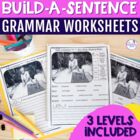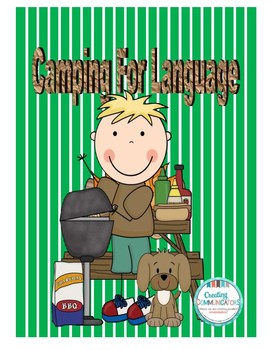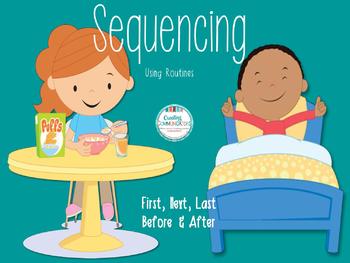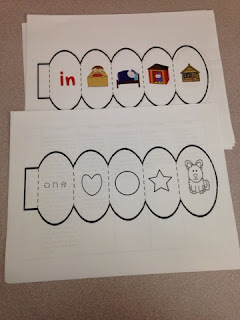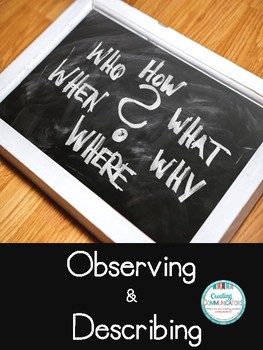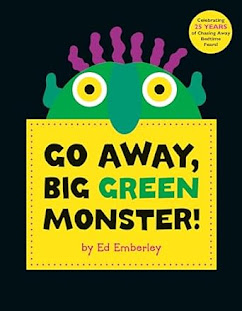Recently I've had many more older kids added to my caseload. Some of them are so far behind in their reading, writing and comprehension that its sad. They actually had a hard time spelling "and"... I've got my work cut out for me...
I need these kids to be functional so I need to work on inferences and building sentences, while targeting articulation and reading so I went on the hunt. I don't have all that much experience with older kids so I need to learn a few things.
These are a few things I came up with.
Speech Peeps uses Non-Fiction texts to help students use reading while targeting those pesky artic. goals. I really like this because it is a good place for some of my better readers and then I can ask questions for comprehension. :)
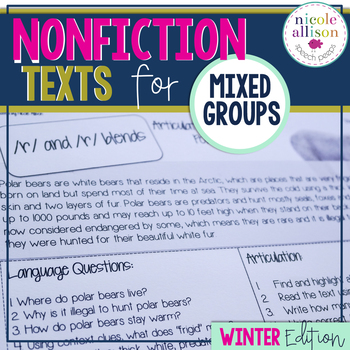
This No Prep Build A Sentence by The Dabbling Speechie is really useful to get the kids thinking about pictures and using some very specific descriptive words. I just love that it works on writing the sentence and adjectives. This is definitely something that I would recommend to anyone who has upper elementary kids on their caseload.

